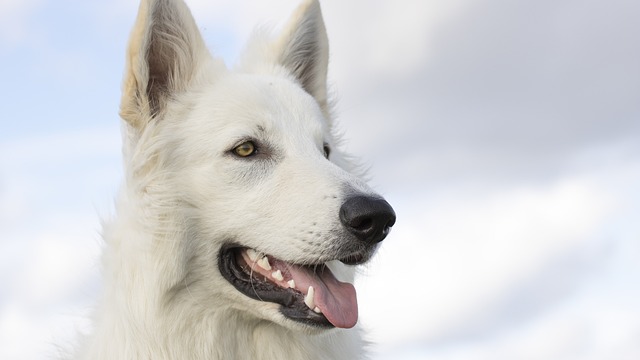
How can I tell if my dog's heatstroke is serious
Let’s be real: It’s a sticky August morning in Los Angeles, and you took your 2-year-old Golden Retriever, Max, for a walk a little later than usual
Building trust with a dog is a deeply personal journey, shaped by their history, temperament, and your bond. Timelines vary widely—some dogs show early signs in weeks, while others take months. The goal is to create a safe space where your pet feels secure enough to let go of fear and lean into connection.
Puppies often trust faster, especially when raised in loving, social environments. Consistent care—regular feeding, gentle play, and calm handling—helps them bond quickly. Rescue dogs or those with trauma may need more time. They might hesitate or shy away; respect their pace, letting them approach you on their terms instead of forcing interactions.
Your behavior is key. Dogs sense tone and body language acutely. Speak softly, move slowly, and offer treats or toys without pressure. Consistency builds reliability—when you meet needs and show affection predictably, your dog sees you as a source of comfort. Avoid harsh corrections; positive reinforcement aligns with humane training standards widely recognized as ethical and effective.
 Routine fosters trust. Dogs thrive on predictability—set regular meal times, walk schedules, and quiet moments together. A stable rhythm reduces anxiety, helping your pet relax into their environment. Whether welcoming a puppy or an adult dog, a consistent routine signals safety and commitment, laying groundwork for a confident bond.
Routine fosters trust. Dogs thrive on predictability—set regular meal times, walk schedules, and quiet moments together. A stable rhythm reduces anxiety, helping your pet relax into their environment. Whether welcoming a puppy or an adult dog, a consistent routine signals safety and commitment, laying groundwork for a confident bond.
Notice the small victories. A flinching dog leaning into pets, or a shy dog seeking your side—these are milestones. Celebrate each sign without rushing. Every dog is unique; comparisons hinder progress. Focus on your growing bond, built on patience and respect, and honor the pace that feels right for your companion.
Trust is a two-way effort. Stay attuned to your dog’s signals—if they seem stressed, pause and adjust. Your empathy teaches them they can rely on you. Whether the process takes days or months, the reward is a loyal partnership rooted in mutual understanding. Embrace the journey, cherish each step, and let consistency and kindness guide you both.

Let’s be real: It’s a sticky August morning in Los Angeles, and you took your 2-year-old Golden Retriever, Max, for a walk a little later than usual

You're enjoying a summer afternoon at the park when you notice your dog has stopped panting and appears disoriented - their gums are bright red

Let’s paint the picture: You’re in your Denver apartment, watching your 4-year-old Boston Terrier, Ruby, plop down mid-play session with her favorite toy

Many dog owners notice their pets nails seem shorter after regular walks,but how much does this daily activity actually help?The answer depends on where you walk—concrete sidewalks or asphalt streets gently file nails as a dog's paws hit the ground

Most dog owners notice their pup scooting across the carpet at some point, but few connect it to impacted anal glands. These small sacs near a dog’s rectum secrete a scent for marking territory

Most vets agree that regular dog teeth cleaning is key to avoiding painful dental issues later. For healthy adult dogs, a professional cleaning at the vet’s office every 12 to 18 months usually works well.